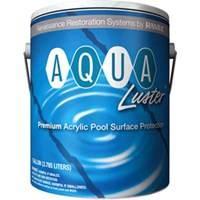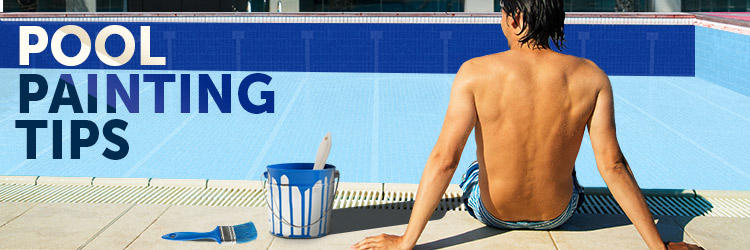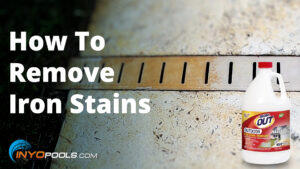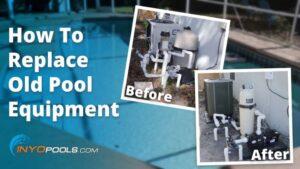Before you paint your pool, there are a few tips every pool owner should be aware of. Although there is no lesson like one learned through trial and error, there are monetary benefits from learning from someone else’s mistake. For example, did you know not every type of paint can be used on top of another? Knowing what type of surface and what type of paint was used previously is crucial when repainting your pool.

Paint is still one of the most common pool surfaces. Paint comes in various colors and is an inexpensive coating compared to other surfaces. There are three types of pool paints: epoxy, rubber-based, and acrylic. Each serve a different purpose and are recommended for different surfaces
Epoxy Paint
Epoxy paint is a high solids, two-component polyamide epoxy coating that is typically used on new pool constructions and for pools painted previously with epoxy paint. It is also suitable for concrete, marcite, gunite, fiberglass, and steel pools. I would not use epoxy paint on surfaces previously painted by acrylic or paint made from a rubber base. Epoxy paint is long lasting and durable. It typically lasts between seven and ten years and is known for standing up to UV rays, automatic pool cleaners, and chemical treatments.
Rubber Base Paint
Another common type of paint is chlorinated rubber base paint. Rubber base is not as durable as epoxy paint, but it’s also not as expensive. It is easy to apply and comes in a wide variety of colors. It is ideal for bare concrete, marcite, and gunite. It provides a durable low-sheen finish for residential and commercial pools. Rubber base paint delivers excellent chemical and abrasion resistance and is suitable for use in fresh or salt water pools. Rubber base paint will typically last about three to five years.

Acrylic Paint
Acrylic paint is a water-based paint that can be universally applied on almost any type of surface (except fiberglass, wood, and spas / hot tubs). This is an excellent solution when you’re in a rush and short downtime is critical or if you’re just not sure what kind of paint was used previously. It is best applied to a cool, damp (but not wet) surface. This type of pool paint is ideal for commercial applications that are repainted on a regular basis. It will typically last about two to three years.
Whatever type of paint you decide to use, be sure to follow the manufacturer’s instruction. Many of the paint issues we see from customers could have been avoided if they had followed the recommended safety guidelines when applying the paint. Preparation is the most important step when painting your pool. Determine which paint will bond best with your type of surface and ensure all environmental factors are taken into consideration before, during, and after you paint your pool.












Leave a Reply